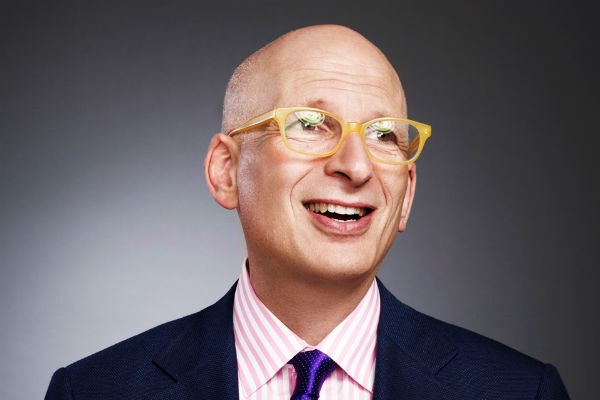Uncertainty and the Creative Life
I feel like a failure when I don’t have an answer. Not knowing is uncomfortable.
Discomfort is pain. The natural reaction is to dispatch the emotion as rapidly as possible. The downside of this approach is that the job of wrestling a problem to the ground and discovering the optimal solution becomes a secondary goal. In essence, we are prioritizing the removal of pain over the acquisition of truth.
Marinading in the unknown and embracing uncertainty becomes more daunting once the ego is involved. We all have a certain view of ourselves — a mental model of our own importance to protect. Our ego tells us how important and smart we are, so naturally we must have all the answers. The reality of complexity threatens to shatter this mirage.
Early in the days of Flipboard, I remember catching up with Marcos Weskamp, their lead designer, over yogurt in Palo Alto. He proceeded to show me a mock up of the “add to Flipboard” button he was in the process of designing.
It was your typical plus sign [+]. Nothing to see here I thought, until he proceeded to show me more and more versions of this seemingly simple button. Different borders, colors, shading, text, layout and on and on. Page after page, he flipped through the images on his iPad — guiding me along his landscape of thought. Countless explorations until the right answer, at some future date, became clear — obvious. Flipboard has great design and exploring the edges of the unknown is what great designers do.
“TOLERATE AMBIGUITY” -KENT BECK
In the above video, the insightful Kent Beck reminds us that it’s ok to not know. It’s ok to wait on an answer as more information comes to light. To let a solution emerge over time and to not beat yourself up. After all, there is an opportunity cost to how you spend your time today. Right now is the most valuable moment — a dollar today is worth more than a dollar tomorrow. You must choose how you spend right now wisely and not build just because you can.
The natural state during the design process is to lack information. You won’t have all the information you need, so a key skill for a designers to “tolerate ambiguity”.
Hammering the point home, Mr. Beck references one of my all-time favorite movies,Willy Wonka and the Chocolate Factory. In that film, Mr. Wonka is watching Augustus Gloop, one of the nasty kids, stuck helplessly in a tube, pressure building up behind from the chocolate river blocked by Gloop’s portly physique. As we wait for his eventual launching, like a bullet from a gun, Mr. Wonka says:
“The suspense is terrible, I hope it will last.”
I love this as a mantra. It changes uncertainty from something to avoid and fervently dispatch, to an experience to relish. You can’t take the first answer as it comes to you. You have to wait until it is obvious. Keep going until the pattern is clear — undeniable.
There is a purity in this approach — it honors the creative process.
It reminds me of when Seth Godin says “This might not work” — urging us to live in the space between knowing and not trying. Great designers can relax into this space. They can dance with uncertainty and let the solution emerge — not jumping at an answer to relieve the pain.
In fact, often the best thing you can do is wait. Increase your experience set until you are confident. Talk to more customers, play with different shapes, get outside and go for a walk. Do what you must to re-arrange the world until you feel solid in your direction. After all, early decisions constrain future ones, so they are critical to get right. As Ryan Singer says, “design is a path-dependent process.”
“Our early design decisions are like bets whose outcome we will have to live with iteration after iteration. Since that’s the case, there is a strong incentive to be sure about our early bets. In other words, we want to reduce uncertainty on the first iterations.”
It’s ok not to know. It’s ok to wait. Embrace uncertainty as an integral, joyful part of the creative process. It’s what great designers do.


